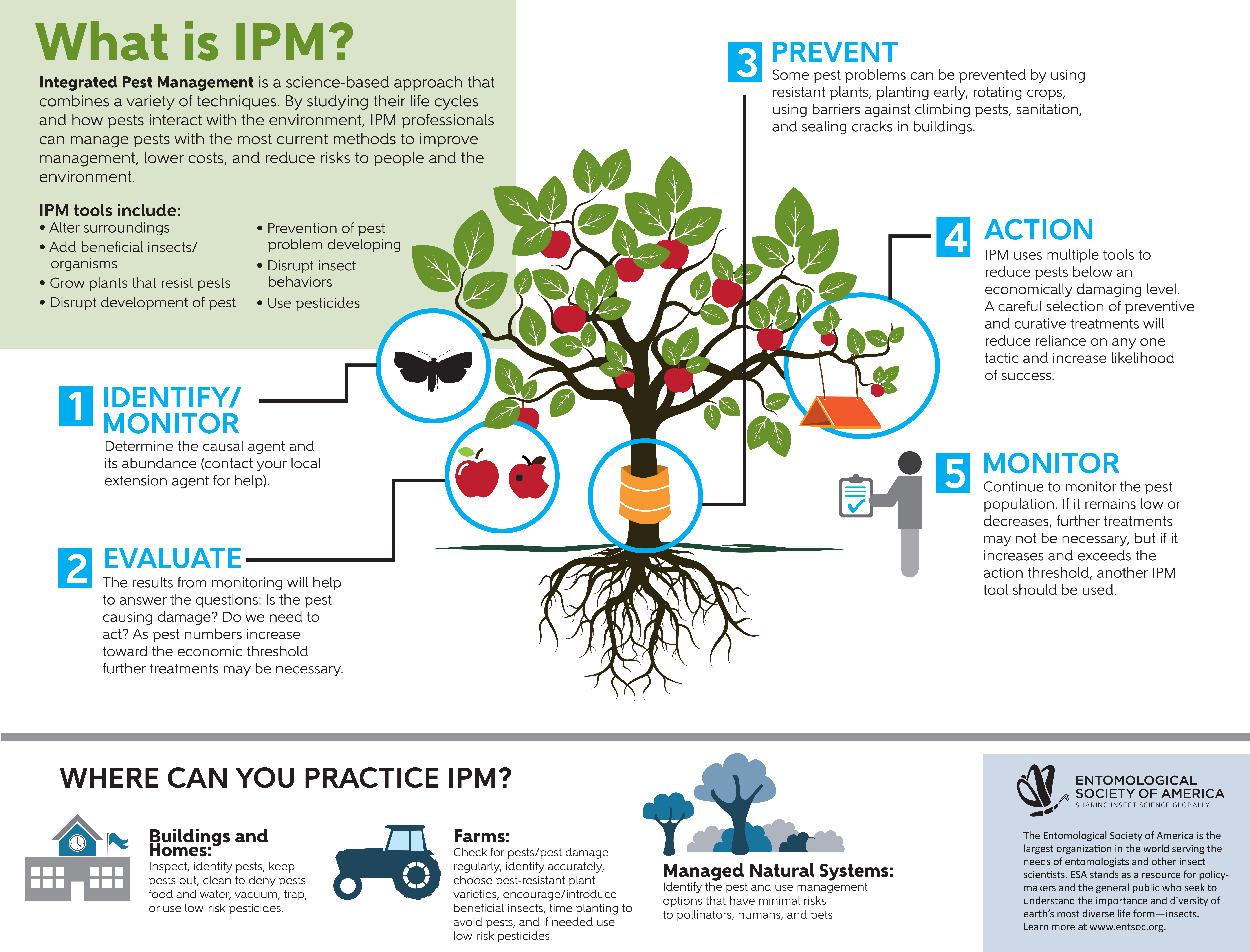Wondering How To Keep Your Attic Rodent-Free? Discover Necessary Suggestions To Protect Your Home
Wondering How To Keep Your Attic Rodent-Free? Discover Necessary Suggestions To Protect Your Home
Blog Article
Write-Up By-McNeill Hutchinson
Picture your attic room as a comfortable Airbnb for rats, with insulation as fluffy as hotel pillows and circuitry extra tempting than space solution. Now, imagine these undesirable visitors throwing a wild party in your home while you're away. As a home owner, ensuring your attic room is rodent-proof is not almost assurance; it's about safeguarding your residential property and liked ones. So, what easy actions can you take to secure your refuge from these fuzzy burglars?
Check for Entrance Details
To begin rodent-proofing your attic, inspect for entrance factors. Start by carefully examining pest control houston of your home, trying to find any kind of openings that rats might use to gain access to your attic. Check for voids around utility lines, vents, and pipes, along with any cracks or openings in the structure or siding. Make sure to pay close attention to locations where different structure products satisfy, as these prevail entry points for rats.
Furthermore, check the roof for any type of damaged or missing tiles, in addition to any type of voids around the sides where rodents could squeeze through. Inside the attic, try to find indicators of existing rodent task such as droppings, chewed cords, or nesting products. Use a flashlight to completely check dark corners and hidden rooms.
Seal Cracks and Gaps
Inspect your attic extensively for any cracks and gaps that need to be sealed to stop rats from going into. Rodents can press via also the tiniest openings, so it's crucial to secure any prospective entrance factors. Inspect around pipelines, vents, cable televisions, and where the wall surfaces meet the roof covering. Use a combination of steel woollen and caulking to seal off these openings successfully. Steel woollen is an outstanding deterrent as rats can not chew via it. Make click web page that all spaces are securely secured to refute access to undesirable bugs.
Don't overlook the significance of securing gaps around doors and windows too. Use weather stripping or door sweeps to seal these locations efficiently. Examine the areas where energy lines get in the attic and seal them off using a suitable sealant. By putting in the time to seal all splits and spaces in your attic room, you create an obstacle that rodents will find challenging to breach. Avoidance is type in rodent-proofing your attic room, so be complete in your initiatives to seal any potential entrance factors.
Get Rid Of Food Resources
Take proactive steps to get rid of or store all potential food resources in your attic to hinder rodents from infesting the area. Rats are brought in to food, so eliminating their food sources is important in keeping them out of your attic room.
Below's what click the up coming document can do:
1. ** Store food safely **: Prevent leaving any type of food items in the attic. Store all food in closed containers made of metal or heavy-duty plastic to stop rats from accessing them.
2. ** Clean up debris **: Get rid of any kind of piles of debris, such as old papers, cardboard boxes, or wood scraps, that rats might utilize as nesting material or food sources. Maintain the attic room clutter-free to make it much less attractive to rats.
3. ** Dispose of rubbish appropriately **: If you use your attic for storage space and have trash or waste up there, ensure to deal with it routinely and properly. Decaying trash bin draw in rats, so maintain the attic clean and free of any type of natural waste.
Conclusion
To conclude, remember that an ounce of prevention deserves an extra pound of treatment when it comes to rodent-proofing your attic room.
By putting in the time to examine for access factors, seal cracks and voids, and eliminate food resources, you can maintain undesirable pests away.
Remember, 'An ounce of avoidance is worth an extra pound of treatment' - Benjamin Franklin.
Remain proactive and protect your home from rodent infestations.
